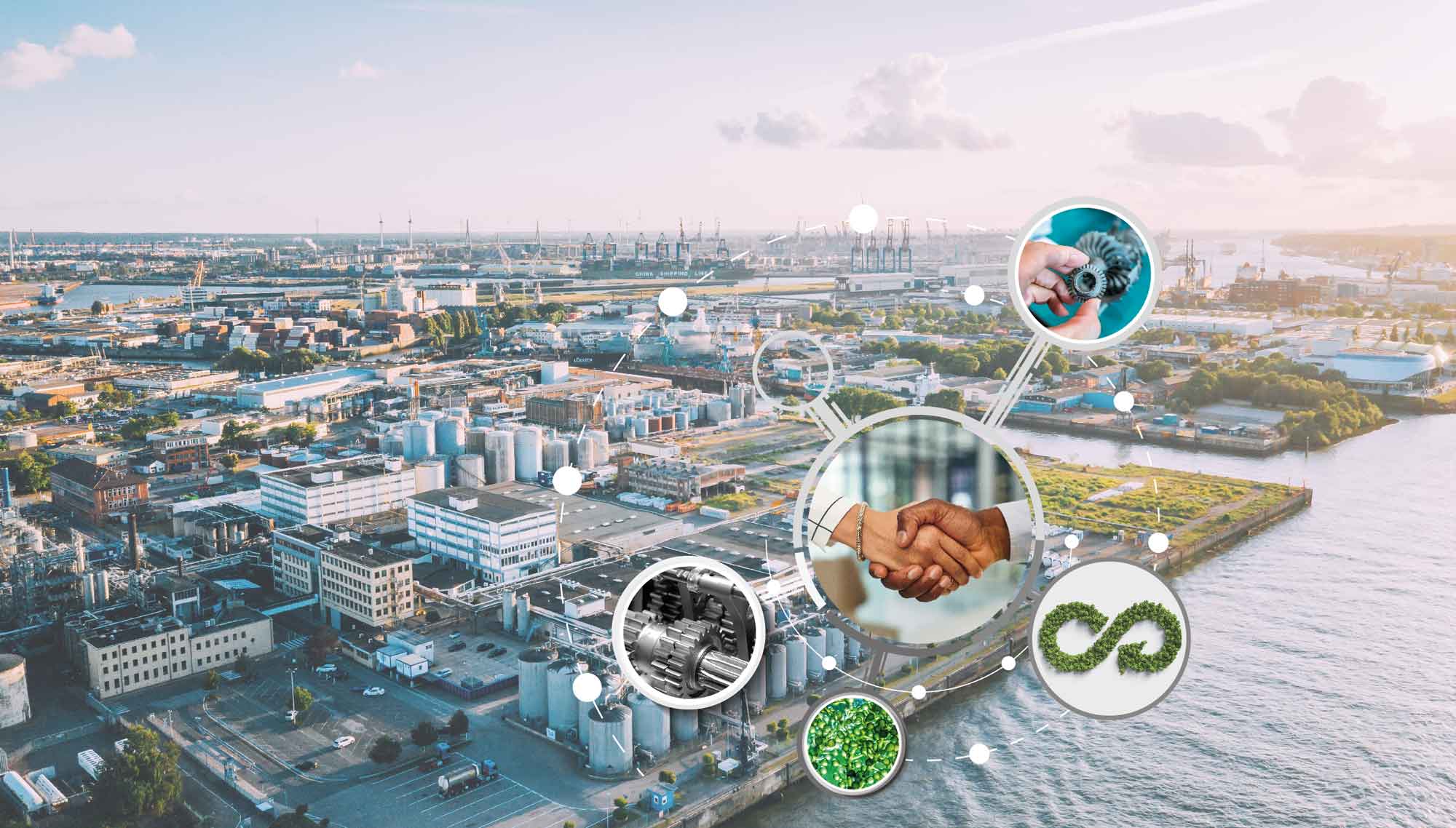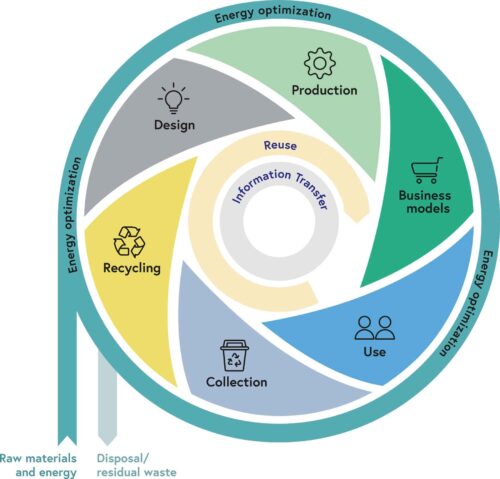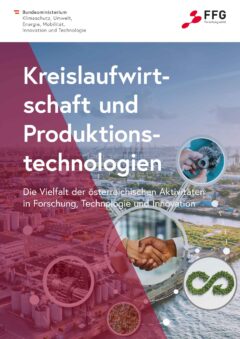Every year, the earth’s resources are becoming more and more scarce. Alongside the growing world population, one major reason for this is our linear economy, in which many valuable materials and resources are disposed of as waste. The concept of the circular economy is based on keeping the entire life cycle of resources and materials in mind. This means that all resources remain largely in economic circulation and are utilised productively to generate sustainable added value.
In Austria, the Circular Economy Strategy was adopted in 2022. The vision is to transform the Austrian economy and society into a climate-neutral, sustainable circular economy by 2050. The strategy is based on the ten principles of the circular economy.1 These aim to reduce resource consumption and avoid pollution and waste while increasing added value and resource efficiency. The transformation is about closing the loop on resource flows in manufacturing, distribution and consumption processes and thus massively reducing the consumption of raw materials and other inputs, the volume of waste and the environmental impact. The concept of a circular economy is guiding industry on its path of the transformation to achieve climate-neutral production.
1 See: www.nachhaltigwirtschaften.at/en/topics/circular-economy/circular-economy-strategy.php
The ten R principles of the circular economy: Refuse, Rethink, Reduce, Reuse, Repair, Refurbish, Remanufacture, Repurpose, Recycle, Recover. Source: BMK based on Potting et al. (2017)
This brochure provides insights into the highly diverse national funding activities to date in the area of RTI for circuar economy and production technologies. Competence centres and innovative funding projects from various RTI initiatives aimed at sustainable production and the transition to a circular economy are presented here. It also offers an outlook on how innovative projects are being driven forward in the interests of the resource transition.
nachhaltigwirtschaften.at/resources/nw_pdf/broschuere-klwpt-2023-bmk.pdf?m=1695303354&
Goals of the Circular Economy Strategy
> Reduce resource consumption: by 2030, domestic material consumption (DMC) should be a maximum of 14 tonnes per capita per year; in 2018, this was 19 tonnes per capita per year. The material footprint (MF) should be a maximum of 7 tonnes per capita per year by 2050, compared to 33 tonnes per capita per year in 2017.
> Increase resource productivity by 50% by 2030
> Increase the circularity rate to 18% by 2030
> Reduce private household consumption by 10% by 2030
> Reduzierung des Konsums privater Haushalte um 10 % bis 2030
More than 600 specific measures and activities were developed in collaboration with numerous stakeholders for seven transformation priorities: the construction industry and structural infrastructure; mobility; plastics and packaging; the textile industry; electrical and electronic equipment; information and communication technologies (ICT); biomass, waste and secondary resources.
www.bmk.gv.at/themen/klima_umwelt/abfall/Kreislaufwirtschaft/strategie.html
An RTI focus on the circular economy was firmly established in the BMK in 2021 and further expanded in 2024 to include production technologies in order to accelerate research into innovative technologies and solutions for the resource transition and, in particular, to convert the Austrian production landscape to a circular economy. In line with common goals in research, technology and innovation, a variety of measures are being implemented here that are anchored in various national funding initiatives and contribute to the mission of “Austria on the path to a sustainable and circular society”
www.fti-ressourcenwende.at/de
www.fti-ressourcenwende.at/de/newsletter


